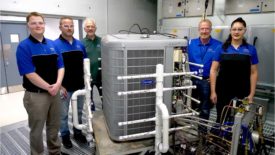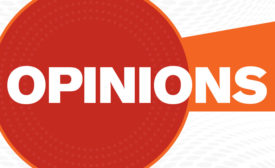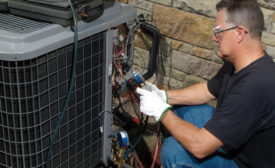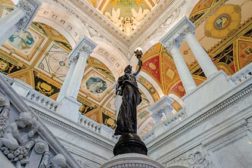- NEWS
- MEDIA
- REFRIGERATION
- BUSINESS 101
- RESIDENTIAL
- COMMERCIAL
- DIRECTORY
- MORE
- INFOCENTER
- MEDIA GROUP
- MAGAZINE
Home » Keywords: » Climate Action Plan
Items Tagged with 'Climate Action Plan'
ARTICLES
Models from 10 OEMs at various stages of laboratory and field testing
Read More
HVACR Industry Split on Paris Accord Withdrawal
Despite differing opinions, the industry is working toward the same goal
Read More
Is the Energy Star Program on Life Support?
The Trump administration takes aim at the U.S. EPA’s Energy Star program
Read More
R-22 Phaseout Slashes Supply to 18M Pounds
Refrigerant Phaseout, SNAP changes, and more will affect HVACR industry in 2016
Read More
EPA Finalizes Rule Reducing HFCs
HFC emissions in the US are expected to nearly double by 2020 and triple by 2030
July 20, 2015
SEIA Applauds Obama's Executive Order
Federal Agencies Must Use at Least 25% Clean Energy by 2025
April 13, 2015
President Addresses Climate Change, GHG Emissions
Executive Order Cuts Federal GHG Emissions 40% from 2008 Levels Over Next Decade
April 6, 2015
Obama’s Climate Action Plan Targets HFC Reduction
International and Domestic Initiatives Push Phase Down, Reduced Use
Read More
Copyright ©2025. All Rights Reserved BNP Media.
Design, CMS, Hosting & Web Development :: ePublishing











